Papua New Guinea’s gentle giants
Monitoring the manta rays of Milne Bay Province
Papua New Guinea (PNG) is a remarkable place for many reasons, its rich and diverse natural world is captivating; with more species per square kilometre than almost anywhere else in the world and making up just 1% of the Earth’s land yet hosting 7% of the world’s biodiversity, PNG’s eco-diversity is unparalleled. The waters of Milne Bay Province contain exceptional marine ecosystems and biodiversity and are one of the few places where both oceanic and reef manta rays can be studied together. However, so far there has been limited manta research conducted in the region, but we hope to change that.
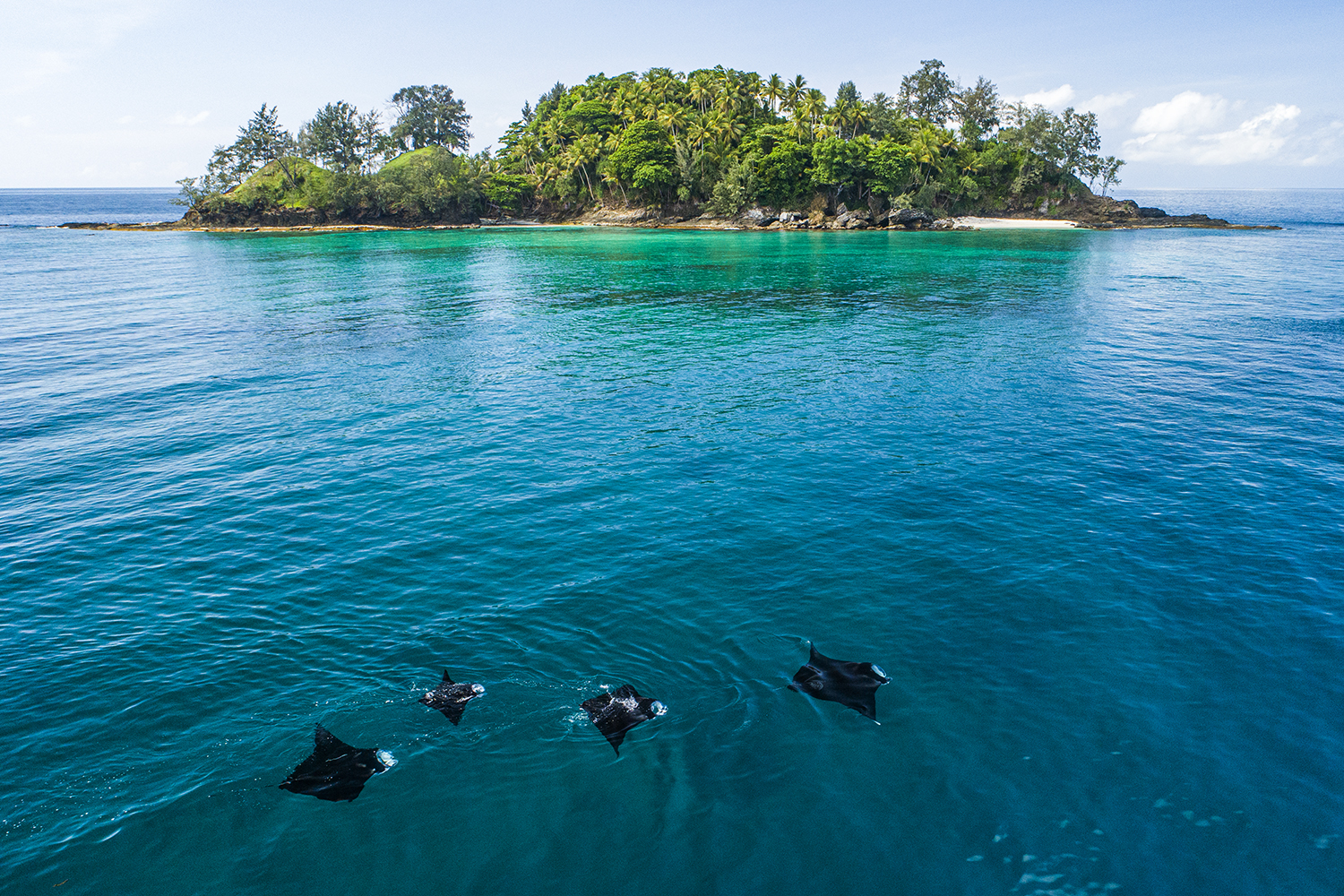
Conflict Islands Mantas Migration. Photo © Migration Media
Recognising this gap in the research and significance of PNG’s natural world, the Papua New Guinea Manta Project (PNGMP) is working with local organisations to establish a manta research programme to answer some of the many questions we have about this understudied population. Conceived during the dark days of lockdown, PNGMP started in a rather unconventional fashion. With a small pot of money, a series of zoom sessions and a tonne of anticipation of what we might find, myself and the Milne Bay, Sea Women of Melanesia (SWoM) team excitedly planned our first expedition to scope out the manta population. And we weren’t disappointed.
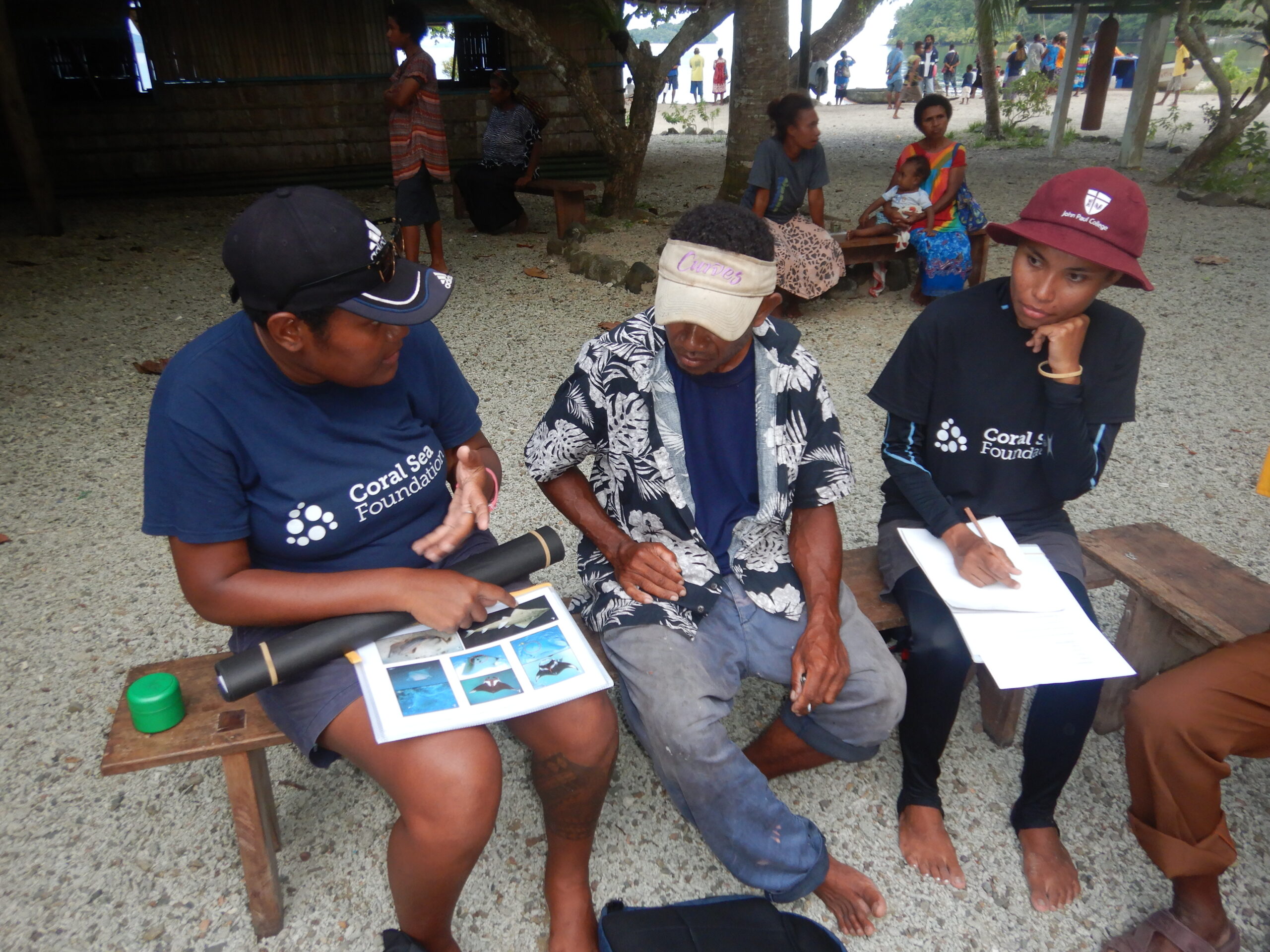
Sea Women of Melanesia engaging the community. Photo © Migration Media
The Sea Women of Melanesia, based across PNG and the Solomon Islands, works with teams of indigenous women, running training in SCUBA and marine skills to enable teams to take an active role in creating MPAs and monitoring their precious coral reefs. Partnering with SWoM alongside the Conflict Islands Conservation Initiative (CICI) has allowed us the unique opportunity to explore the shallow waters of Milne Bay, conduct community outreach events and develop a unique manta training programme which in the long run, we hope to role out across the wider region in order to build a clearer picture of what drives this population; patterns of seasonality, demographics, population size and movements.
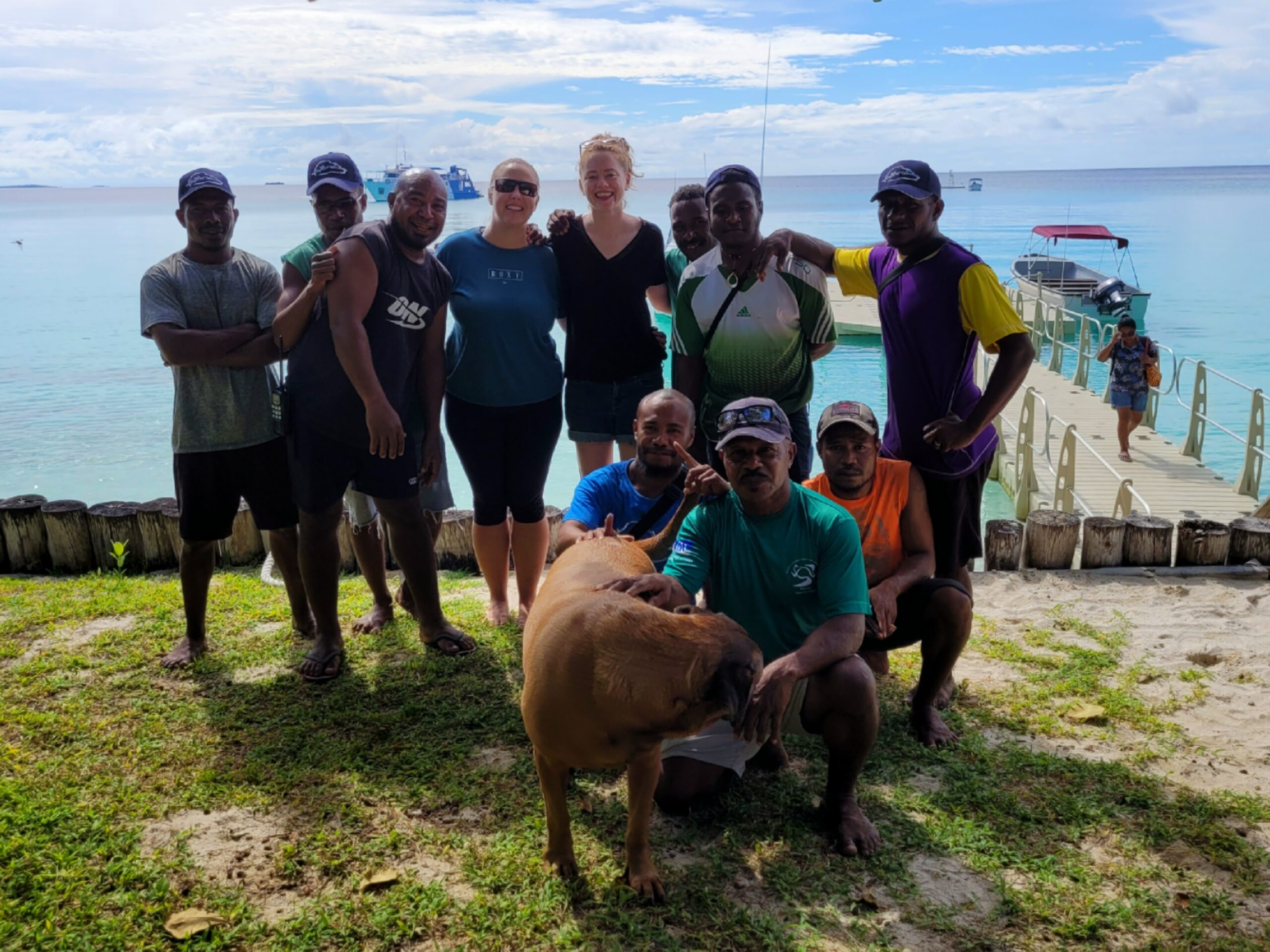
Conflict Islands Conservation Initiative Team. Photo © Migration Media
As soon as the team had their first interactions with the reef mantas at the cleaning station, they were hooked. Keen to become proficient in all aspects of manta research, we continued our online training, bringing in new members of the SWoM team and delving deeper into the theory behind ecology and conservation. The team have enjoyed further success on our expeditions and are looking to new and exciting opportunities to expand the scale and scope of our work.
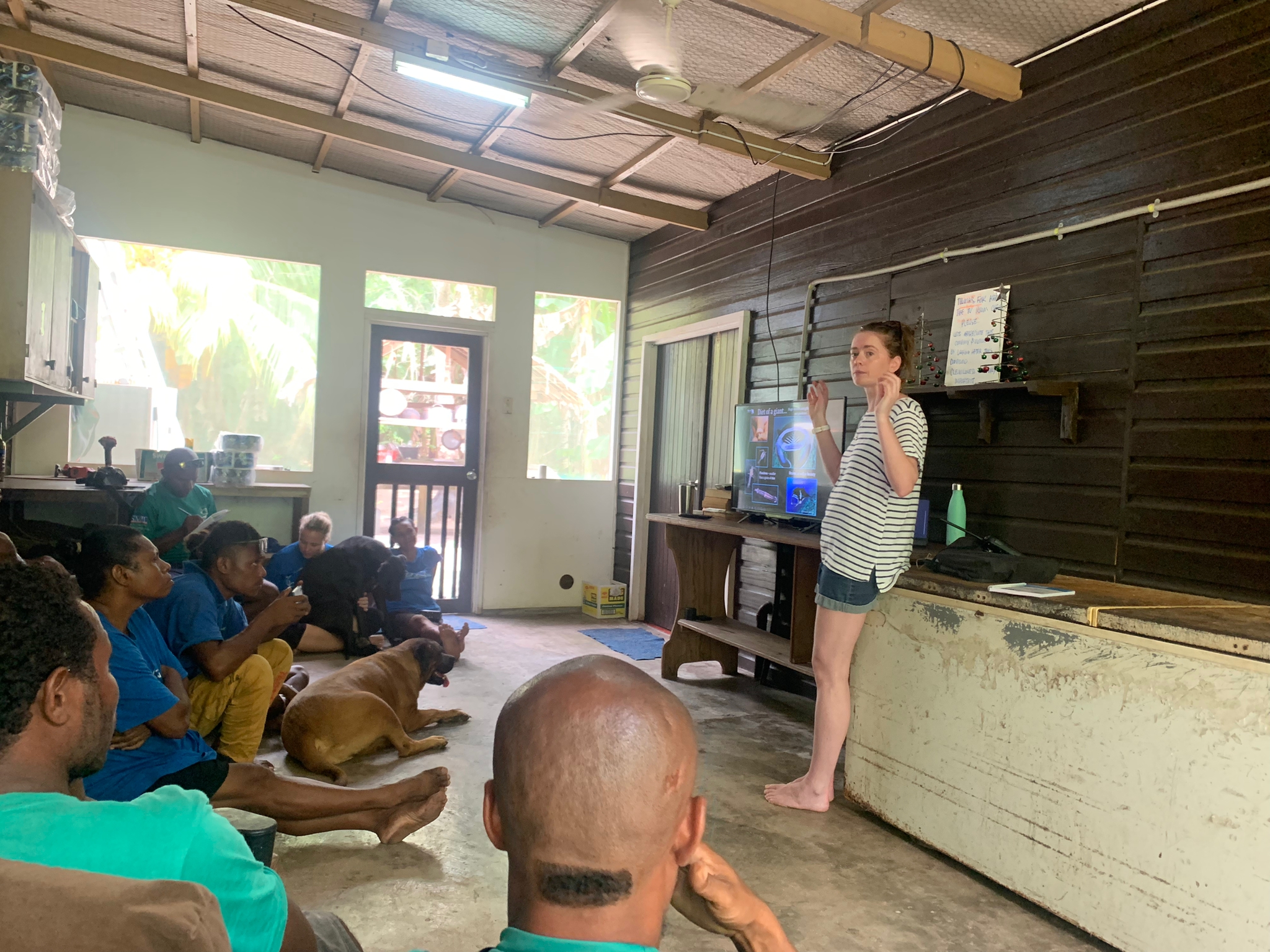
Manta Trust training Conflict Islands Conservation Initiative. Photo © Migration Media
I have been lucky enough to work in manta conservation for some time, and this project and team feels particularly special. Starting from scratch, with a team fully invested in starting something new and to learn what it was that makes manta rays such a beloved species, has been incredibly exciting. Moving forward and through the creation of the PNGMP, we hope that this gap in our knowledge and understanding of this remote and somewhat mysterious population can be filled.
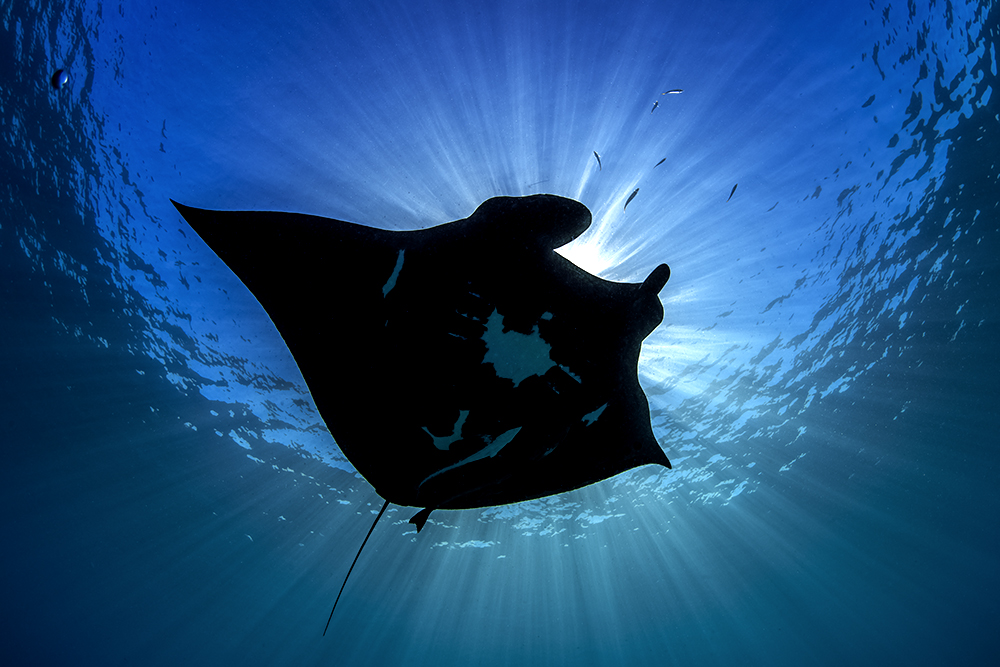
The silhouette of a manta ray in the waters of Papua New Guinea. Photo © Migration Media
The waters of PNG hold a wealth of knowledge to be explored and understood but this project goes one step further, we have created a project with a strong community-based focused on local capacity building.
Please follow our progress on the Manta Trust website here.
